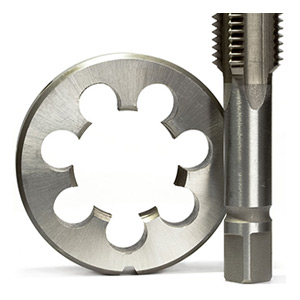
Nov . 05, 2024 14:19
Back to list
صمام تخفيض ضغط الغاز الطبيعي
Understanding Natural Gas Pressure Reducing Valves
Natural gas is a vital energy source that powers homes, industries, and vehicles. However, its delivery requires careful management of pressure to ensure safety and efficiency. One crucial component in this process is the pressure reducing valve (PRV), specifically designed for natural gas systems. This article explores the functionality, significance, and types of natural gas pressure reducing valves.
What is a Pressure Reducing Valve?
A pressure reducing valve is a device that automatically reduces the input pressure of a fluid and maintains a constant output pressure. In the case of natural gas, the primary role of a PRV is to ensure that the gas delivered to residential and commercial users is at a safe and manageable pressure. Natural gas pipelines transport gas at high pressures, which can be dangerous if not properly regulated. Therefore, PRVs are essential for the safe and efficient operation of gas distribution systems.
Functionality of PRVs
The basic function of a PRV involves two key aspects flow regulation and pressure control. As natural gas flows through the PRV, it encounters a diaphragm or piston that responds to changes in the outlet pressure. If the outlet pressure rises above a predetermined level, the diaphragm moves to throttle the gas flow, thereby reducing the pressure. Conversely, if the pressure drops, the diaphragm opens to allow more gas to flow, ensuring the outlet remains at a consistent pressure.
PRVs also feature adjustable pressure settings, allowing for customization to match specific operational requirements. This adjustability is invaluable in applications where pressure needs may vary, such as in industrial processes or large-scale commercial setups.
Importance of Pressure Reducing Valves
.
2. Efficiency PRVs contribute to the overall efficiency of the natural gas distribution system. By ensuring that gas is delivered at optimal pressures, they help improve the performance of appliances, including furnaces, heaters, and stoves. Efficient gas usage not only saves money but also reduces waste and environmental impact.
صمام تخفيض ضغط الغاز الطبيعي

3. Equipment Protection Many gas appliances are not designed to handle high pressures. Using a PRV helps protect these devices from damage that could result from excessive pressure, extending their lifespan and reducing maintenance costs.
4. Regulatory Compliance Many regions have strict regulations regarding the safety of gas distribution systems. Utilizing PRVs helps companies comply with these regulations, ensuring that they operate within legal safety parameters.
Types of Pressure Reducing Valves
There are various types of pressure reducing valves used in natural gas applications. The most common includes
- Spring-Loaded PRVs These valves use a spring mechanism to maintain outlet pressure. They are widely used due to their reliability and simplicity.
- Pilot-Operated PRVs These valves utilize a smaller pilot valve to control a larger main valve. They are suitable for applications needing precise control and can handle higher flow rates.
- Single-Stage and Multi-Stage PRVs Depending on the requirements, PRVs can be designed for single-stage or multi-stage pressure reduction. Multi-stage PRVs can provide more gradual pressure drops, which is advantageous in certain applications.
Conclusion
Natural gas pressure reducing valves are indispensable in the safe and efficient delivery of natural gas. By regulating pressure, these valves ensure safety, enhance efficiency, protect equipment, and help meet regulatory standards. Understanding the functionality and importance of PRVs can help users appreciate their role in the broader context of natural gas distribution and utilization. As the demand for natural gas continues to grow, advancements in PRV technology will likely play a key role in ensuring a reliable and safe energy supply for the future.
Next:
Latest news
-
Safety Valve Spring-Loaded Design Overpressure ProtectionNewsJul.25,2025
-
Precision Voltage Regulator AC5 Accuracy Grade PerformanceNewsJul.25,2025
-
Natural Gas Pressure Regulating Skid Industrial Pipeline ApplicationsNewsJul.25,2025
-
Natural Gas Filter Stainless Steel Mesh Element DesignNewsJul.25,2025
-
Gas Pressure Regulator Valve Direct-Acting Spring-Loaded DesignNewsJul.25,2025
-
Decompression Equipment Multi-Stage Heat Exchange System DesignNewsJul.25,2025

